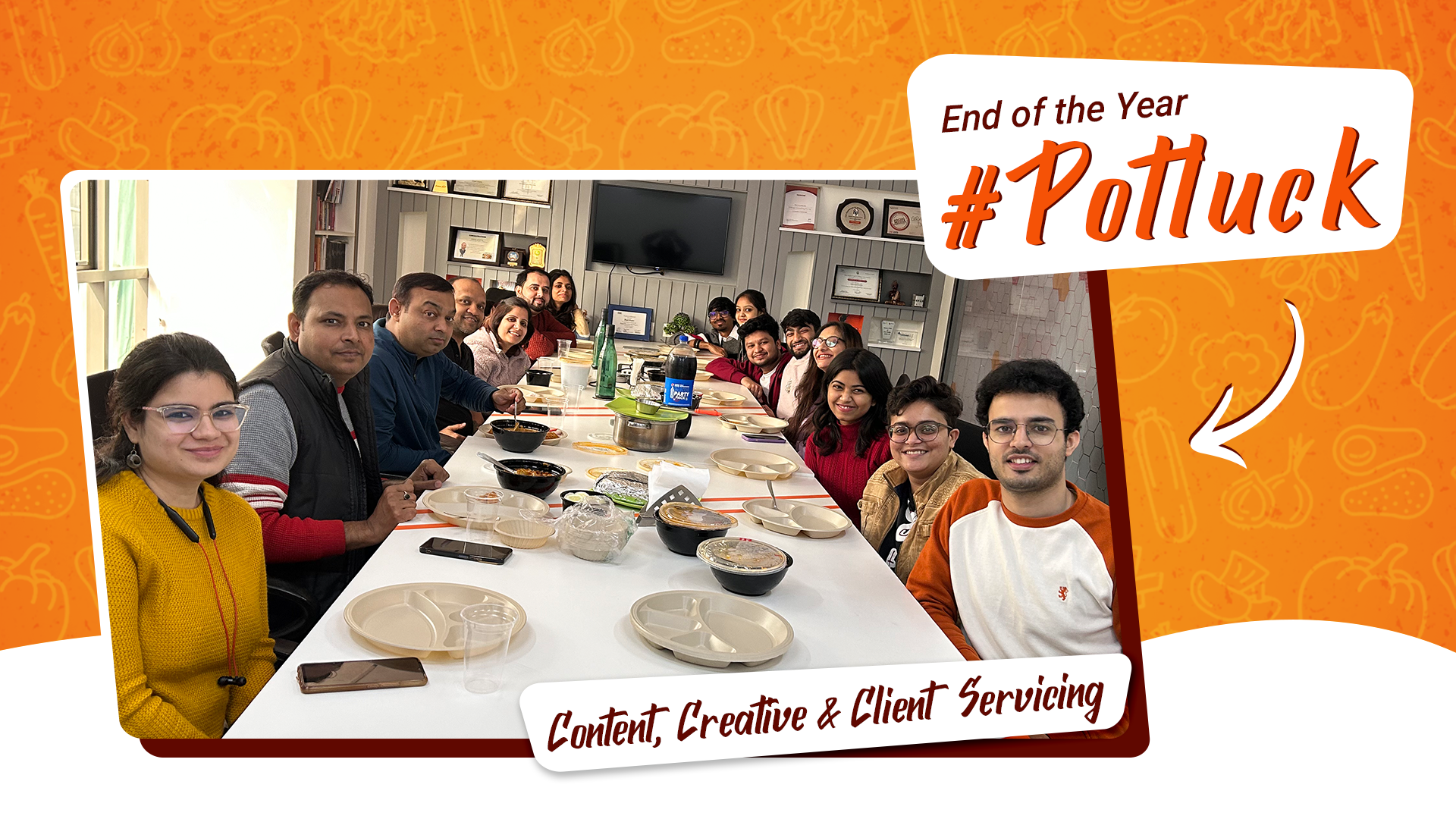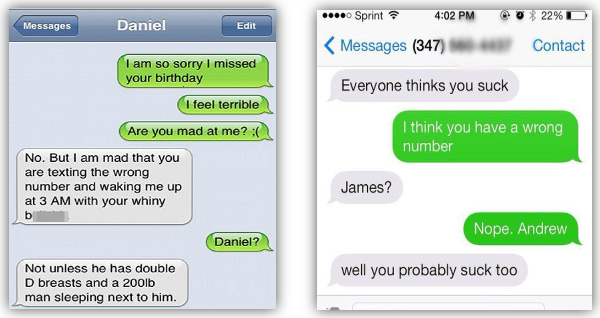“Me Lord! Gay and happy…let me be!”
on Dec 15, 2013
On 11-12-13, India witnessed a sudden upsurge in millions of criminals as the Supreme Court’s decision reversed the landmark order of Delhi High Court which had decriminalised homosexual acts in 2009. The court declared that two citizens of the same gender expressing love in the privacy of their own homes are criminals.
Before I could blame the Supreme Court, a couple of questions popped up in my mind.
- Was the verdict against the ‘gay community’ or the court just followed the book?
- Could the court have given the verdict in favour of LGBT (lesbian, gay, bisexual and transgender) community, which suffered a major setback?
- Could Justice GS Singhvi have saved the day and proven to be a hero on his last day at office?
 The answers lie in Section 377 of the Indian Penal Code of the Indian constitution which does not approve of any sexual relationship between two persons of the same gender.
The answers lie in Section 377 of the Indian Penal Code of the Indian constitution which does not approve of any sexual relationship between two persons of the same gender.
IPC SECTION 377- Unnatural offences- Whoever voluntarily has carnal intercourse against the order of nature with any man, woman or animal, shall be punished with imprisonment for life, or with imprisonment of either description for a term which may extend to ten years, and shall also be liable to fine.
Even in 2009, the Delhi High Court didn’t give the LGBT community any legal permission to get married, nor did it change the adoption or property laws. All it did up then was a fallacious assurance for 30 million LGBT people that they were not criminals.
“It is up to parliament to legislate on this issue. The legislature must consider deleting this provision (Section 377) from law as per the recommendations of the attorney general”, said Justice GS Singhvi, the head of the two-judge Supreme Court bench.
But before amending the constitution, what’s more important to change is the mindset of the masses at large, who consider ‘gay sex’ as taboo and treat homosexuals with inferiority. The need of the hour is to change this blocked mindset and create more acceptance for LGBT community. How we achieve this should be our prime objective.
There are many who consider homosexuality/LGBT as something against the Indian culture. For them, I would like to refer to Hindu and Vedic texts, which are filled with numerous descriptions of saints, demigods, and even the Supreme Lord transcending gender norms and manifesting multiple combinations of gender. Even Kamasutra, the ancient Indian treatise on love talks about feelings for same sexes.
Cinema, the most influential medium of communication in India, has a great potential in changing the narrow mindset of the society, but unfortunately, it has failed to do so till date. Portraying the image of the LGBT community as Bobby Darling shall not solve the purpose. There have been exceptionally good movies like ‘My brother…Nikhil’, ‘Fire’ (was banned) and ‘Honeymoon Travels’ which did throw enough spotlight on the community but could not change the prevailing mindset.
Undoubtedly, India is slowly changing its stand. The young and dynamic film-makers should address this sensitive issue more often, and in such a way that it leaves a strong impact on our society- the same society that does not seek a change, or should I say, is afraid of it.
The court has put the lives of 30 million people into the hands of the parliament – the parliament, which suspended HIV bill for half a decade and has not been able to pass the Women’s Reservation Bill since 1996.
Keeping the same in mind, I don’t see any drastic change in law in the near future, but if people think in the right direction, and understand LGBT community, most of the job is done. We don’t need a law; all that we need to do is just understand each other and the justice will follow.

.png)
.png)




.jpg)






Sorry! No comment found for this post.